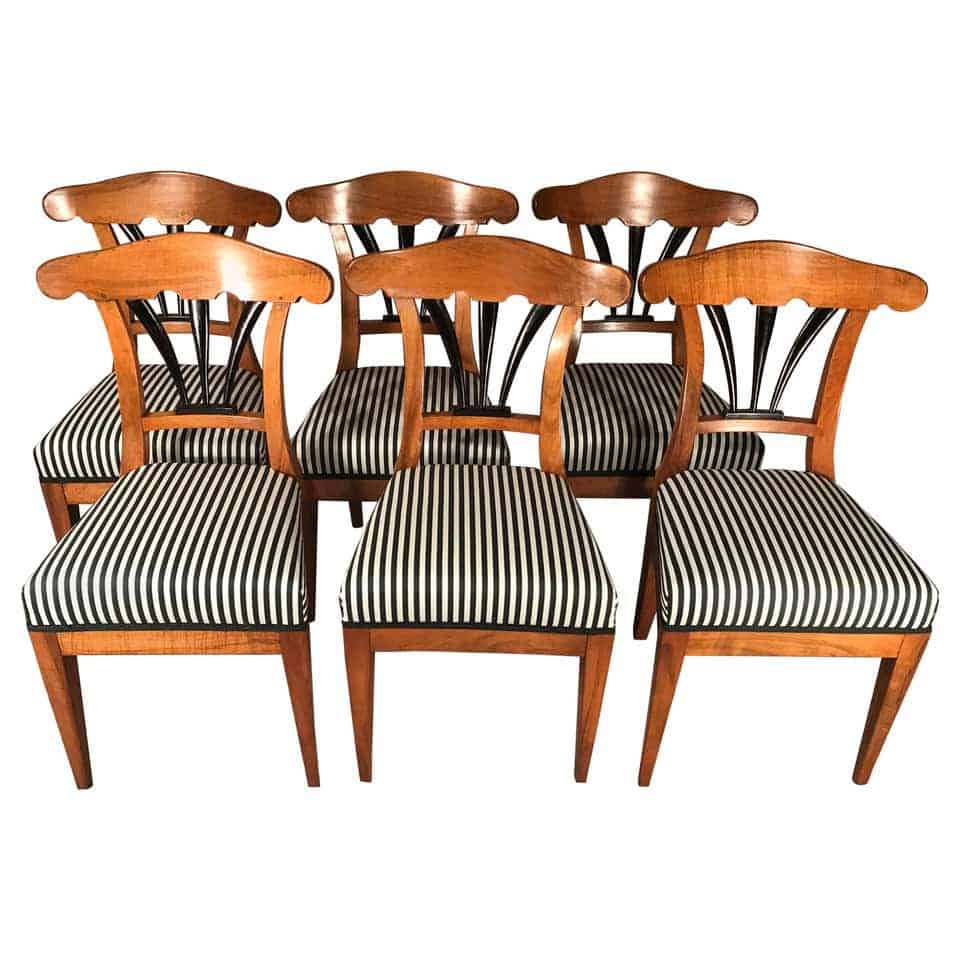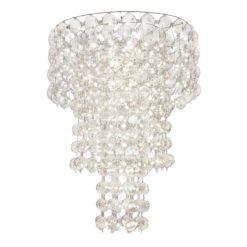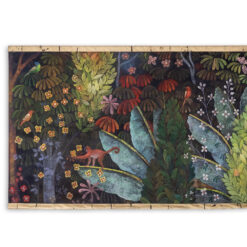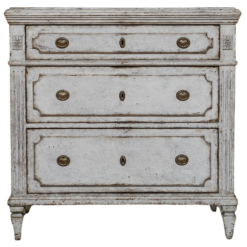Best Sellers
Furniture, How-To & Inspiration, Resources, Styylish History, Uncategorized
Antique Chairs: History, Buying Guide, and Decor Tips
The History of Antique Chairs
The antique chair wasn’t always a common item. In the medieval era and prior, the lower and middle class typically sat on benches and stools. It wasn’t until the Renaissance in Europe that the chair was no longer a mark of high office or privilege and became a household furniture item for the growing middle class. With this association of “privilege” stripped away, the chair rapidly came into use throughout Europe, and almost immediately exhibited the current fashions of the time.
Chairs are perhaps the most varied and diverse furniture item in existence, and have varied in size, shape and sturdiness to accommodate the myriad the fashions of men’s and women’s styles changing over the years. Early chairs nearly always had arms, it wasn’t until the later 1500s that smaller chairs became more common.
Early Antique Chairs
Until the mid-1600s, chairs were made of timber, commonly oak, and were rarely upholstered. When it later became common to outfit them with some sort of cushioning, leather was commonly used, later velvet and silk became in fashion for more luxurious chairs. During this period in France the “bergère” chair became fashionable among the nobility. This enclosed upholstered armchair commonly consisted of a walnut build.
The main characteristic of most chairs during this period was their large size and solid build. As they were typically oaken, they were quite heavy. It wasn’t until the Louis XIII period, when cane back chairs came into fashion, that chairs became much lighter.
Soon elaborate scroll-work or and graceful semicircular ornaments connecting all four legs became common. During this time, scrolled arms and legs abounded. Meanwhile, the splats of the back often depicted a rich arrangement of spirals and scrolls, as well. Interestingly enough, cavaliers sent into exile with Charles II actually made this style of chair popular.
During the English reign of William III and Mary II these exotic, elegant forms unfortunately degenerated into stiffer, more rectangular chairs. More ornamental examples from this era featured cane seats and cane backs. From these forms the famous Chippendale chair eventually evolved, with its elaborately interlaced back.
Early 18th Century Chairs

In the 18th century, informal, galante manners and a new, relaxed, almost half-reclining posture recently developing in fashion (which replaced the former ram-rod straight demeanor of the aristocracy in the previous age of Louis XIV) led to many developments in seat furniture.
French fashions in chairs at the time first and foremost spread out of Paris. From the late 1720s, menuisiers began making Louis XV French chairs without stretchers. As a result, the unified flow of curved seatrails into cabriole legs, a design which generally ended in scroll feet, was disrupted.
According to rigid guild regulations, which were enforced in France all the way up to the Revolution, French chairmaking was allotted to the menuisier alone, whose craft was practiced in cohesion with upholsterers (huissiers). Both of these craftsmen specialized in seat-furniture-making in Paris.
Later 18th Century Antique Chairs

Menuisiers developed a range of specialized seats and gave them fanciful names, including the plush, comfortable bergère (“shepherdess”) which we talked about above. Walnut and beech were the most common woods used in chairs. Craftsmen often painted finishes in light, clear hues to match wall panelling.
Gilding was also relatively common. In cases where the wood was left its natural color, walnut was typically in use.
The first Parisian neoclassical chairs were made in the late 1760s. Although Louis XVI’s name is attributed to this style, these chairs were actually beginning to be made before his ascension to the throne. Period styles include straight tapering fluted legs joined by a block at the seat rail, along with architectural mouldings.
The 18th century was very much the golden age of the chair, especially in France and England. They were even mentioned in Diderot’s famous Encyclopédie. The typical Louis Seize style chair, oval-backed and featured a wide seat. Craftsmen usually built this chair with descending arms and round-reeded legs.
19th Century Biedermeier Style Chairs
Biedermeier style furniture developed in Germany and Austria in the early to mid-1800s, both as a result of and in reaction against French Neoclassical and Empire styles. As a result, it was one of the first furniture styles created for the middle class.
These chairs commonly feature lighter woods like maple, birch, walnut, and elm, shaped in simple, practical forms. The designers often integrated geometric shapes, as well, and put emphasis on the wood grain. Meanwhile, ornamentation was restrained. It is uncommon to find gilt work or ormolu, but black or gold painted details are common in Biedermeier chairs.
Read on for our in-depth Buying Guide to Styylish Antique Chairs!
Buying Guide: Our Selected Antique Chairs
Louis XV Armchair, France 1860 – $900
At only $900, this Louis XV antique armchair dating back to the 1860s is one of the most affordable antique pieces we have on our site. The wooden frame of the birchwood chair has exquisitely hand carved details, coupled with plush armrests. This chair works as an elegant office chair, but you can also use it as an accent or side chair in your living or bedroom area.
The Louis XV armchair has a relatively new upholstery and is comfortable. The fabric shows some wear but is still in great condition for the age. The chair measures: 36.5” H x 23.2” W x 22.3” D. Seat Height: 18”.

Set of Four Louis XVI Chairs – $5,000
This beautiful set of four Louis XVI antique chairs dates back to the beginning of the 19th century and originates in France. These chairs posess an oval shaped back, two elegant armrests, and stand on fluted legs. The finely carved walnut frames of these chairs depict the neoclassical Louis XVI style.
The four Louis XVI chairs are in original, sturdy condition. The former owner reupholstered the chairs and covered them with a neutral fabric, which shows traces of use. The chairs ship from Germany and include shipping costs to Boston.

Armchairs, Louis XVI France 1800s – $3,000
The pair of Louis XVI style armchairs are made of pear wood, with straight backs crowned with finely carved wreath decorations. The frame of the upholstered seat and back also features carved details, while the seat ends on round tapered baluster legs.
These elegant armchairs originally belonged to a salon suite composed of one settee and two chairs. The settee and the chairs are sold separately. Price for the set is $5,000 including the settee.
The chairs measure 39” H x 26” W x 22.83” D with a seat height of 17”. They ship from Germany and the list price includes shipping costs to Boston.

Empire Tub Armchair, France 1820 – $2,000
This recently discounted Empire Tub Armchair is an absolute steal at $2,000. Recently upholstered with cream-colored fabric, this unique mahogany antique chair offers elegant comfort and makes the perfect classy addition to a living or sitting room.
The chair measures: 34” H x 21” W × 24” D. Seat Height: 18.2”.
Pair of Biedermeier Side Chairs, Austria 1820 – $3,700
This is an exquisite original pair of Biedermeier side antique chairs with a beautiful cherry veneer, featuring a beautiful striped design on the upholstery. The backs of these chairs are also embellished with intarsia depicting vines. They work well in the modern home as functional and stylish pieces, particularly as side chairs, and add a special touch of the antique to your interior decoration.
The chairs measure 36.23” H x 17.72” W x 18.9” D. Seat Height: 20.08”. They are in refinished condition with new upholstery. They ship from Germany and include shipping costs to Boston.

Set of Six Biedermeier Chairs, South Germany 1820 – $8,000
For those looking for an antique set of dining chairs, this collection of six Biedermeier antique chairs from early 19th century Germany is a perfect choice. An ebonized reed leaf motif decorates the backs of the walnut veneered chairs. Meanwhile, an elegant black-and-white striped fabric covers the upholstery.
The chairs work very well with a lot of different styles. You could add them to a modern dining room table or use them as elegant side chairs with equal effect.
This set of Biedermeier chairs is in great condition. It comes refinished and French polished, with new upholstery and fabric. They measure 35.04” H x 17.72” W x 15.75” D. Seat Height: 19.69”.

Decorating Tips for Antique Chairs
Before we get into some tips for antique chairs in particular, like we say with all our antiques, one thing to keep in mind is this: don’t use antiques to create rooms from the past. Create spaces that speak to modernity, using the beauty of the antique to accent a space with a taste of the classic, Old World period.
In this instance, that means look for ways to accessorize your space with antique chairs, but don’t create a room that looks like a museum exhibit. Mix it up, incorporating modern and vintage pieces together. This gives your antiques new life. It also helps envision and present spaces in an organic and interesting way.
Ways to Implement Antique Chairs
Any chair with a strong silhouette, scale, or color that makes an impact and elevates the space will be an excellent addition in an entrance hall or in front of a window. It’s also just a great way to add a little bit of drama to a living room. Larger chairs are great for adding height and a distinctive silhouette, too. Place one in a corner to create a reading nook, or use a pair to balance out a sectional or large sofa.
As a contrast to antique chairs, it can be a great idea to hang a modern piece of art deco in your space. This harmonious pairing can actually enhance the distinct characteristics of both the antiques in your space in the painting itself. Another way to accent your antique chairs is to bring a rug into the space. The fine blend of materials, bright, elaborate colors, and specific traditional patterns often seen in antique rugs almost always complements your chairs.
In any case, the styling you choose to do with a specific space really depends on the chair you purchase. Each piece carries a different aesthetic or aura, and adds a different feel to every space it’s placed in. So once you see a chair you like, contact us and we can help you figure out how to best place it in your home!
Head to our shop to start your search for antique chairs for sale. Reach out if you have any questions! We’re confident we can help you find the perfect antique chair for your space here at Styylish.

















































